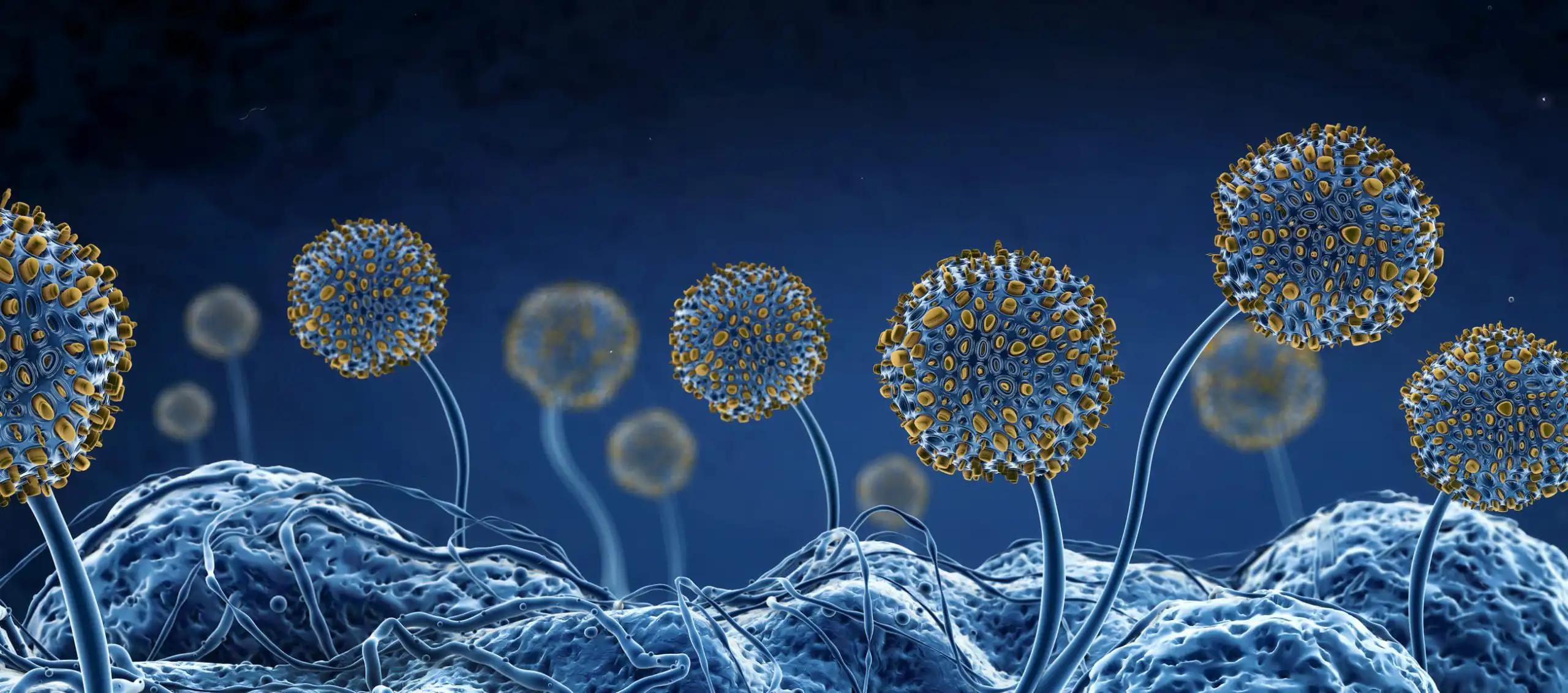KEY TAKEAWAYS
- PENELOPE-B Phase 3 Study investigated molecular changes in breast cancer between pre and post-therapy samples.
- Palbociclib may not benefit women with HR+, HER2- primary breast cancer with a high risk of relapse.
- Gene expression analysis was conducted using HTG EdgeSeq Oncology Biomarker Panel.
- Pre-treatment and post-neoadjuvant chemotherapy AIMS subtypes are independent prognostic factors for invasive disease-free survival.
- Luminal tumor subtypes may not be stable as previously thought; high-to-low subtype switches found common in neoadjuvant therapy.
The molecular plasticity of breast cancer is a critical factor in the emergence of therapy-resistant disease. In this study, investigators examined alterations in molecular markers between pre-therapeutic and post-therapeutic tumor specimens obtained from participants enrolled in the PENELOPE-B (NCT01864746) clinical trial. The results of the phase III PENELOPE-B study indicated that palbociclib might not provide a significant benefit to women diagnosed with centrally confirmed HR+, HER2- primary breast cancer who did not achieve a pathological complete response following taxane-containing neoadjuvant chemotherapy (NACT) and are at high risk of relapse, as determined by a CPS-EG score of ≥3 or 2 and ypN+. This information was published in the Journal of Clinical Oncology in 2021 by Loibl et al. Preliminary translational studies indicate that a minority of patients with luminal-B tumor subtype, as determined by absolute intrinsic molecular subtyping (AIMS, Paquet & Hallet, JNCI 2014) following neoadjuvant chemotherapy (NACT), experienced a numerical advantage from palbociclib treatment after NACT. Consequently, researchers expanded their analysis to incorporate a cohort of paired pre-treatment and post-neoadjuvant chemotherapy samples. Researchers conducted an analysis of gene expression in pre-transplantation (n=259) tumor tissue specimens using the HTG EdgeSeq Oncology Biomarker Panel, which comprised 2549 genes (HTG Molecular Diagnostics Inc.). The same panel was also accessible for post-neoadjuvant chemotherapy (NACT) residual tumor specimens of the same patients. The paired samples were chosen utilizing a case-cohort methodology.
The AIMS subtype was determined based on the analysis of 91 genes included in the panel. Furthermore, they conducted exploratory biomarker analyses to detect genes and gene signatures that possess prognostic and predictive significance. Following the NACT regimen, patients of PENELOPE-B underwent randomization to receive either palbociclib or placebo, alongside conventional endocrine therapy. The incidence of AIMS subtypes, specifically LumA versus LumB, exhibited alterations in tumors prior to treatment and subsequent to neoadjuvant chemotherapy. In the pre-treatment samples, 115 (44%) and 123 (47%) of the tumors exhibited LumA and LumB subtypes, respectively, as anticipated in a high-risk population. In the samples obtained after neoadjuvant chemotherapy (NACT), it was observed that LumA tumors were predominant (n=183, 71%) as compared to LumB tumors (n=30; 12%). Thirty percent of the 78 tumors observed underwent a subtype transition from LumB to LumA, while 2% of the 6 tumors observed underwent a subtype transition from LumA to LumB. Researchers juxtaposed the low proliferating subtypes (LumA and NormL) cohorts with high proliferating subtypes (LumB, BasalL, and HER2E) to conduct further analyses.
According to the bivariable Cox regression analysis results, the pre-treatment and post-neoadjuvant chemotherapy AIMS subtypes, when grouped, were found to be independent prognostic factors for invasive disease-free survival (iDFS). The hazard ratio (HR) for pre-treatment LumB/BasalL/HER2E was 1.85 (95% confidence interval [CI]: 1.16-2.98, P=0.011) compared to LumA/NormL, while the HR for post-neoadjuvant chemotherapy was 2.18 (95% CI: 1.24-3.84, P=0.007). Comparable outcomes were observed after accounting for prognostic clinical factors and for DDFS and OS endpoints, albeit the pre-treatment subtype did not attain statistical significance. The Cox models employed to investigate interaction effects revealed that patients with tumors transitioning from high proliferation (pre-treatment) to low proliferation (post-neoadjuvant chemotherapy) exhibited a greater risk of invasive disease-free survival (iDFS) as compared to tumors with consistently low proliferation. However, their risk of iDFS was lower when compared to tumors with consistently high proliferation. Palbociclib did not demonstrate any benefits in either the pre-treatment LumB/BasalL/HER2E or pre-treatment LumA/NormL subgroups.
Following the AIMS subtyping results, researchers proceeded with an exploratory analysis to identify genes potentially implicated in prognostic and predictive effects and genes responsible for driving subtype switching. The ongoing analysis is expected to yield pertinent genetic information that will be presented during the conference. The study results indicate a frequent transition from high-risk molecular subtypes, specifically LumB, to low-risk subtypes, specifically LumA, during neoadjuvant therapy for luminal tumors. The crucial aspect of clinical outcome lies in adapting luminal high-risk tumors to therapy-induced stress. The results indicate that the stability of molecularly defined tumor subtypes may not be as steadfast as previously believed.
Source: http://app.core-apps.com/sabcs2021/abstract/92efe352-1693-416d-8727-3721898f24da
Clinical Trail: https://clinicaltrials.gov/ct2/show/NCT01864746
Carsten Denkert, Frederik Marmé, Miguel Martin, Michael Untch, Hervé Bonnefoi, Sung-Bae Kim, Harry Bear, Agnieszka Witkiewicz, Seock-Ah Im, Angela DeMichele, Laura Van’t Veer, Nicole McCarthy, Thorsten Stiewe, Karen A. Gelmon, José A. García-Sáenz, Catherine M. Kelly, Toralf Reimer, Erik Knudsen, Nicholas Turner, Federico Rojo, Peter A. Fasching, Julia Teply-Szymanski, Yuan Liu20, Masakazu Toi, Hope S. Rugo, Michael Gnant, Andreas Makris, Bärbel Felder, Karsten WebeR, Sibylle Loibl/Molecular plasticity of luminal breast cancer and response to CDK 4/6 inhibition – The biomarker program of the PENELOPE-B trial investigating post-neoadjuvant palbociclib
Body
PD2-04 – Molecular plasticity of luminal breast cancer and response to CDK 4/6 inhibition – The biomarker program of the PENELOPE-B trial investigating post-neoadjuvant palbo/2021 San Antonio Breast Cancer Symposium. (n.d.). App.core-Apps.com. Retrieved April 27, 2023, from http://app.core-apps.com/sabcs2021/abstract/92efe352-1693-416d-8727-3721898f24da



